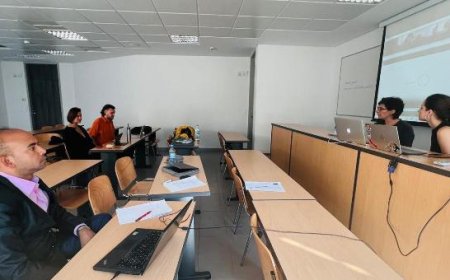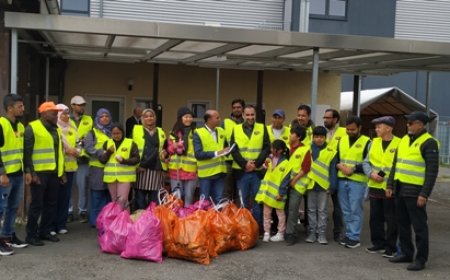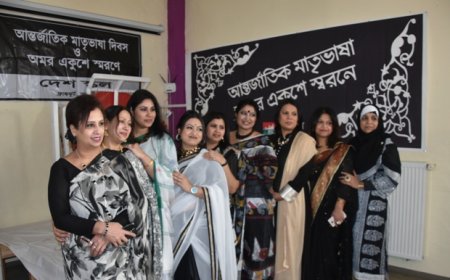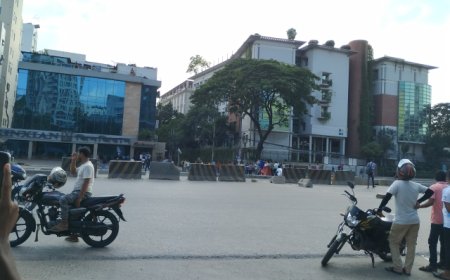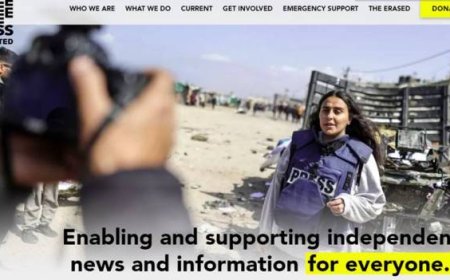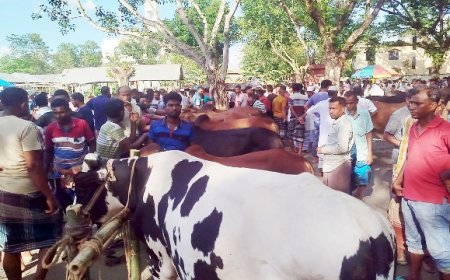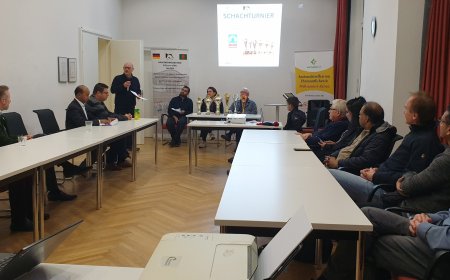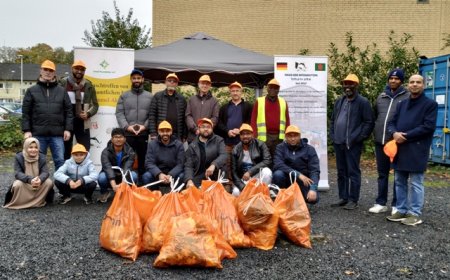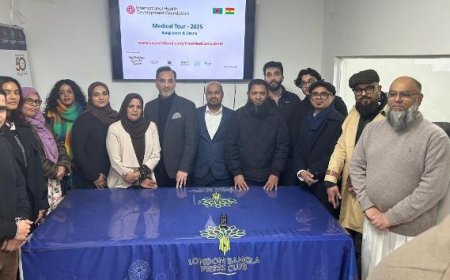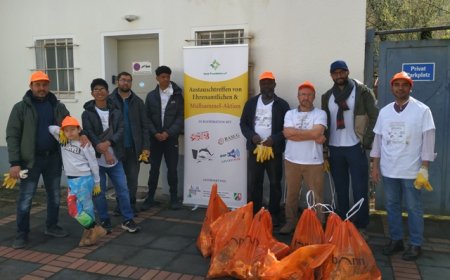Neglected and Forgotten: Struggle for Women’s Reproductive Rights in Southeast Asia
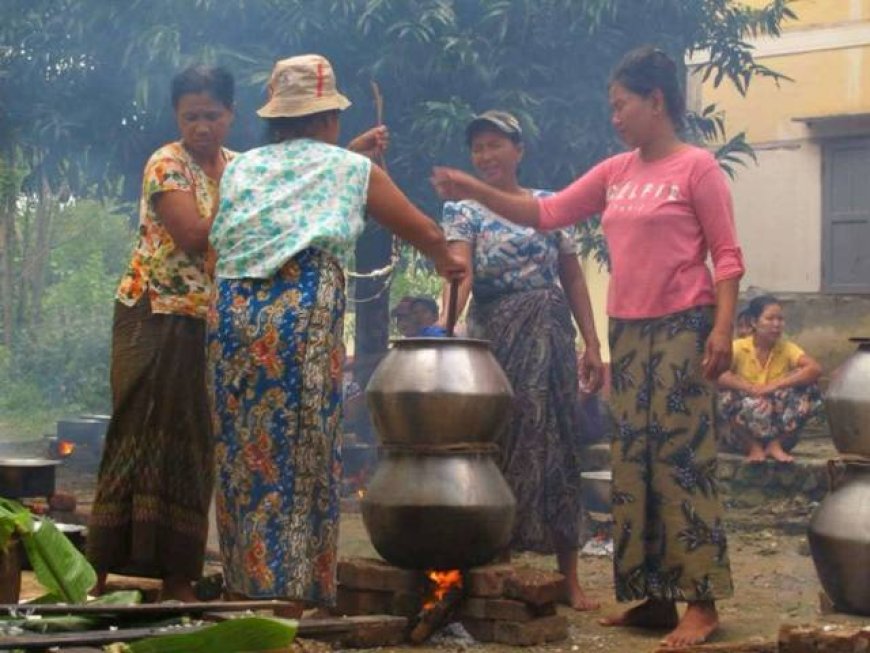
Wai Sandar Kyaw
In one of the villages of Ayeyarwaddy Division in Myanmar, Ma Thida (pseudonym), a mother of three young children, faces a heart-wrenching decision. Her family is impoverished, struggling to survive each day. Like many women in rural Myanmar, Ma Thida is trapped in a cycle of poverty, where every choice about her family’s future feels like a matter of survival.
“I can’t even feed my children properly,” she says, her voice is trembling. “How can I bring another child into this world, when we can’t even eat rice daily?” Ma Thida’s decision is one no woman should have to make.
Pregnant with her fourth child, she feels an overwhelming sense of fear and insecurity, knowing the legal system in Myanmar offers her no safe options. Abortion is illegal in the country, and healthcare services are non-existent in her village. Without access to contraceptives or family planning programs, Ma Thida is left with no alternatives.
“Having more children means more mouths to feed, but my family can’t survive like this. I know it’s illegal, but what else can I do?” she whispers, her face filled with despair. Ma Thida’s story is not unique. Across Southeast Asia, women face similar barriers to reproductive health services, trapped in a system where poverty, lack of healthcare, and cultural taboos leave them with limited choices. Whether it’s Myanmar, the Philippines, or Indonesia, women’s health remains under-prioritized, and reproductive rights often feel like an impossible dream.
The Philippine Crisis: A Conundrum of Law and Culture
In the Philippines, abortion remains illegal, and social stigma surrounding reproductive rights is deeply entrenched. A health worker in the country explains: “Here in the Philippines, abortion is comparable to murder—because murder is a choice. Even though sex education has been introduced in schools, social media exposes young people to everything. Early teenage pregnancies are rising, but the law still considers abortion completely illegal.”
Despite sex education programs being integrated into schools, Filipino women face challenges in accessing reproductive healthcare due to strong religious opposition, a lack of family planning resources, and stigma surrounding contraceptive use. This has left many women with few options other than continuing pregnancies they cannot afford to support. A Filipino midwife shared, “Women’s health must be a national priority, not just a private matter. Until we change the mindset, we will keep losing mothers to preventable causes.”
For young Filipinos, the consequences are particularly dire. The influx of digital media combined with poor education about reproductive health creates an environment, where many women unknowingly expose themselves to risk, unable to take control of their reproductive health.
Indonesia’s Struggles: Maternal Health in the Shadow of Poverty
In Indonesia, the maternal mortality rate (MMR) remains high, especially in rural provinces. While the government has pledged to reduce MMR to 70 per 100,000 live births by 2030, systemic barriers persist. Many women, particularly in remote provinces, still face extreme challenges accessing quality care during pregnancy and childbirth.
“Many women face difficulties accessing healthcare due to long distances, inadequate transportation, and high costs,” explained Mr. Bambang Witjaksono, who is a retired government official from the Ministry of Foreign Affairs of the Republic of Indonesia. He continued, for Indonesia, maternal health remains a multi-faceted issue, as poverty, geography, and inadequate medical infrastructure continue to drive disparities between urban and rural populations. Health workers are often in short supply, especially in border regions, and despite the country’s strong legal framework supporting reproductive rights, the implementation of these policies remains a challenge.
Thailand: A Mixed Bag of Progress and Challenges
In Thailand, progress has been made in providing reproductive healthcare services, including family planning, contraceptives, and safe abortion in certain cases. The country has more access to healthcare compared to its neighbors, but unequal access remains a major issue for women in rural areas. While the law allows for abortion under specific circumstances (such as risks to the mother’s life or in cases of rape), many Thai women still struggle with unwanted pregnancies due to lack of education or healthcare accessibility in rural areas.
A local health worker in Chiang Mai states: “The government has made great strides, but there is still so much work to do in remote regions. Women need better access to education and services that allow them to make informed decisions about their bodies.”
Thailand’s experience reflects a broader Southeast Asian trend: while some countries have made significant advancements in reproductive health, access remains unequal, particularly for women living in poverty or rural locations.
Myanmar: A Country in Crisis
Ma Thida’s situation highlights the extreme challenges women face in Myanmar, where poverty, lack of healthcare, and limited reproductive rights converge. Myanmar is still one of the most challenging countries in Southeast Asia for women’s reproductive health. Abortion is illegal, and despite some healthcare facilities offering maternal care, many women in rural areas like Ma Thida’s village have no access to these services. Without education on family planning, women are forced to make agonising decisions that risk their health and safety.
Regional action needs: Empowering Women Across Southeast Asia
Ma Thida’s story is a powerful reminder that women in Southeast Asia continue to face tremendous barriers to achieving reproductive autonomy. From Myanmar to Indonesia, the Philippines, and Thailand, the lack of reproductive healthcare, family planning education, and legal support leaves women vulnerable to dangerous pregnancies, unsafe abortions, and a life cycle of poverty.
Access to family planning, safe reproductive healthcare, and education must be prioritized. Southeast Asian governments need to ensure that women’s health is no longer an afterthought but an integral part of national development and human rights agendas. The future of women in this region depends on the ability to empower them with the resources, knowledge, and support they need to make informed decisions about their bodies.
As we witness the hardships faced by women across Southeast Asia, it’s clear that gender inequality, lack of education, and poor healthcare access are regional issues that must be addressed together. The plight of women like Ma Thida in Myanmar and the struggles faced by women in the Philippines, Thailand, Cambodia and Indonesia are cries for justice. For these women to have the right to choose their paths—whether it’s through safe family planning, access to abortion, or basic healthcare—the region must unite in the pursuit of reproductive justice. Only then can we begin to break the cycles of poverty, poor health, and inequality that plague women in Southeast Asia.
Rank of the countries in Maternal Mortality Ratio (per 100,000 live births): Cambodia 218, Myanmar 179, Indonesia 173, Laos 126, Philippines 78, Vietnam 46, Brunei 44, Thailand 29, Malaysia 21, Singapore 7 (Researched by AI).
What's Your Reaction?








